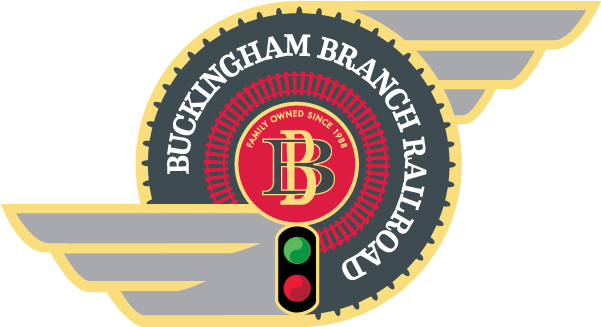At railroad crossings, the blue sign can save lives
We’ve seen horrific videos of what happens when people drive around railroad crossing gates: vehicles smashed and mangled by forces so tremendous, people have little chance of survival. Preventing this is easy — don’t drive around the gates and never try to “beat a train.”
When the gates are down, you wait. At private crossings with no gates, you stop, look, and listen before crossing. But what do you do if your car gets stuck on the crossing?
First, get everyone out of the car and away from the tracks. Second, call the number on the blue sign, which will be located in a conspicuous site at the crossing. Third, stay clear of the crossing until help arrives and a railroad representative has confirmed there are no trains approaching. Your vehicle is replaceable. You and your passengers are not.
If you’re stuck on the tracks, 911 should not be your first phone call. Call the number on the blue sign first. That number puts you in direct contact with the railroad, so they can stop trains and send help. Just tell them the crossing identification information on the sign.
Remember, if a train is near when the call is made, there is a chance the train will not have time to stop before reaching the crossing. Some trains can take over a mile to stop, so stay clear of the tracks until help arrives. Just because you made the call doesn’t mean the crossing is safe.
It may seem counterintuitive, but if a train approaches the crossing, you should actually run toward the train at a 45-degree angle, and away from the track. Don’t run “down track.” The train could knock the vehicle into you.
The Federal Railroad Administration mandated that the blue signs be mounted at crossings starting in 2012, but many people still don’t know about them. Please help spread the word. If the railroad isn’t reached in time, a crash can occur, leaving not only you in jeopardy, but also nearby pedestrians, the train crew, and any commuters on board the train.
Three more important crossing safety rules to remember:
Before crossing over tracks, make sure there is enough room on the other side to safely clear the tracks. Don’t get “pinned in” on the crossing.
If the gates come down while you’re on the crossing, don’t hesitate, drive through the gate — they are designed to break away.
Malfunctioning gates, lights, or any problem with the crossing can be reported to the number on the blue sign.
It should be noted that collisions at crossings are down significantly from 20 years ago thanks to improved awareness and safety measures like gates and lights. Now only about 24% of all railroad fatalities occur at crossings. The rest are people trespassing or suicides. Trespassing fatalities are even easier to prevent than crossing accidents — just stay away from railroad tracks. About every three hours, a person or vehicle is hit by a train. Remember this rule of thumb, a train can come from any direction at any time, and you can’t always hear them.
For more information and excellent, educational tools and resources on railroad safety, check out Operation Lifesaver, Inc. at oli.org.
Operation Lifesaver provides great public awareness videos tailored for folks of all ages. Their campaign for 2018, “See Tracks? Think Train” can make a difference with your help. If we teach our friends, family and especially our children about railroad safety, we can save lives.
Dave Dixon is safety and compliance supervisor for Buckingham Branch Railroad.

